CONSERVATION CORNER
A weekly blog for all things conservation
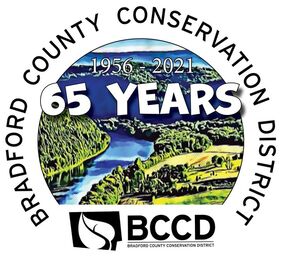 By: Nathan Dewing, Ag Team Leader Conservation districts help people become better natural resource users. Though most days lack fanfare, 65 years of steady, strong, local leadership has significantly shaped the county. It’s time to celebrate! We want you there Friday, July 16 at Mt Pisgah State Park 10 am – 3 pm.
0 Comments
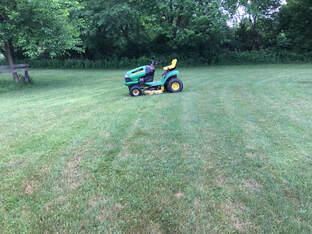 By: Kevin Brown, Agricultural Resource Specialist We all know people who strive to have the best lawn in the neighborhood. If that is you, I am going to give you all the secrets you need to get you there. First off, have you ever thought, “what makes it the best lawn in the neighborhood”? Is it look? Is it because it is level and you can use it for many different things? Is it because it allows water to infiltrate into the ground which not only replaces the groundwater that you use for drinking and bathing, but also reduces flooding downstream? Is it the best based on functionality? I am not talking about what you can use it for. I am talking about how many life functions are going on in the lawn. What? What are you talking about? You have lost your mind? Stay with me a minute longer because I am first going to tell you that if you are one of the quintessential “best lawn in the neighborhood” people, you are probably doing just about everything wrong for the environment that you could do. Ouch, that hurt. Let me explain. 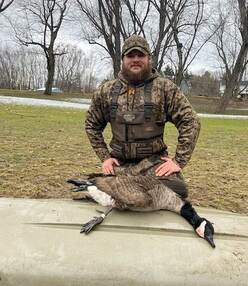 By: Joe Quatrini, Technical Team Leader, Bradford County Conservation District Bradford County Conservation District (BCCD) welcomes Adam Chorba as the new Forest Specialist. With forest land being the dominant land cover of Bradford County, the need for someone to be available to assist landowners with questions on how to manage that land is critical. To fill that need, BCCD recently hired Adam Chorba. Adam is a Penn State graduate with an associate degree in wildlife technologies and a bachelor's degree in wildlife & fisheries management with successful completion of extensive forestry- related coursework. Adam is an avid outdoorsman who enjoys hunting, fishing, and most any other outdoor recreation, but he favors waterfowl hunting most. Adam also helps manage his family's beef farm with a focus on wildlife habitat improvement. Adam's favorite part about working in this field is being able to help improve the quality of nature and to help others do the same. Adam feels “the forest is a key component of nature and an important resource that must be managed wisely because, without it, life couldn't sustain”. 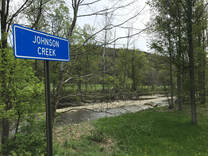 By: Joe Quatrini, Technical Team Leader, BCCD Mud Creek, Fall Brook, Bull Run, the list of stream names goes on and on, but have you ever given any thought to how streams get their names? First off, what’s the difference between a stream, creek, brook, run, or river anyway? Well, nothing really. The terms stream, creek, brook, or run generally refer to smaller free flowing bodies of water. Many people may consider a brook or run to be smaller than a stream or creek. Whereas, the term river is used for larger bodies of flowing water, however, at their headwaters (where they start) they are often small as well. For example, here in Bradford County, we are familiar with the Susquehanna River and recognize it for its size (width, depth). Near its headwaters in Cooperstown, NY though, the Susquehanna is no bigger than many of our smaller streams. 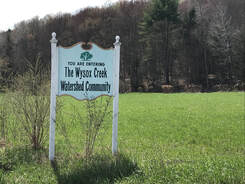 By: Joe Quatrini, Technical Team Leader, BCCD What is a watershed? For some reading this article, a definition or explanation may be easy to come by either due to where you live, your profession, or what your hobbies may be. For others, maybe it’s a word you hear on the nightly news or on social media around discussions led by the Environmental Protection Agency (EPA) and regulations associated with the Chesapeake Bay. Or maybe this is the first time you’ve heard it. 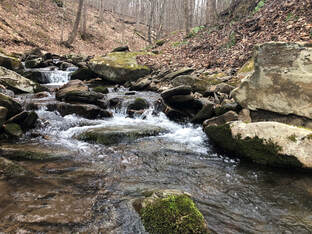 By: Cathy Yeakel, District Manager, BCCD Pennsylvania and neighboring states are working at local levels to clean up our state’s waterways that flow into the Chesapeake Bay. In 2019, the Pennsylvania Department of Environmental Protection (DEP) submitted the Phase III Watershed Implementation Plan (WIP), which established tangible nutrient reduction goals based on locally-led initiatives to reduce water pollution, improve quality of life, address flooding problems, and obtain credit for previously installed best management practices. Within the Phase III WIP, all 43 Pennsylvanian counties within the Chesapeake Bay watershed were tasked with developing their own Community Clean Water Action Plan (CAP). By: Ad Crable, Staff Writer, Chesapeake Bay Journal
The Susquehanna River has the most flood prone basin east of the Mississippi. And Binghamton, NY, located entirely in a floodplain at the confluence of the Susquehanna and Chenango rivers and downhill of steep, flash-flooding watersheds, might be its most pummeled victim. But now, after the twin punches of an all-time record flood in 2006 followed by an even more devastating 500-year flood only five years later, officials have decided to quit fighting its rivers and instead rebuild to roll with the punches. 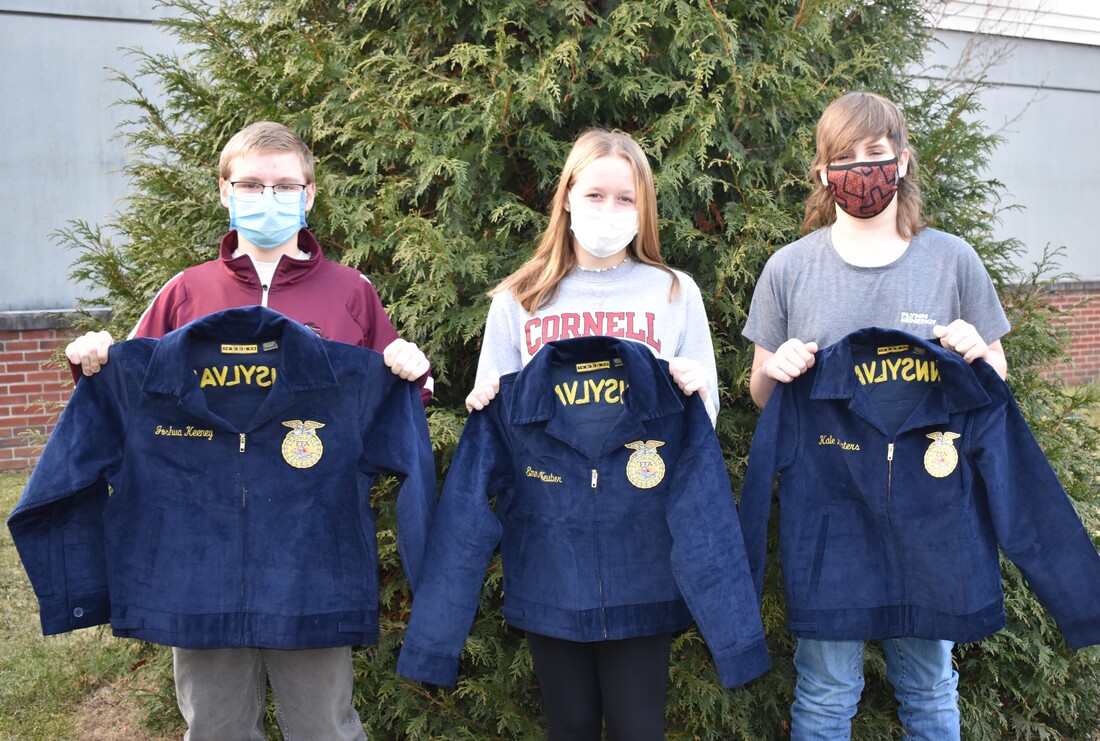 By: Nathan Dewing, Agricultural Team Leader, Bradford County Conservation District Farmers today face challenges. Farmers of any day have. So too will farmers of the future. That is one reason a group like the Future Farmers of America (FFA) exists – to help get them ready. Four Northeast Bradford High School students are now wearing blue and gold as they begin a series of leadership challenges that will shape them for life. Joshua Keeney, Emma Neuber, Kale Winters, and Kaleb Keeney are obviously willing to grow as they don their first FFA jacket in January 2021. Their jackets were awarded to them from the Pennsylvania FFA Alumni Association after each wrote an essay about what the FFA jacket means to them and about their plans in FFA and in agriculture. By: Nathan Dewing, Agricultural Team Leader, Bradford County Conservation District
Do you realize that regular, every-day, neighbors of ours are producing world-class, healthy, 100% all-natural sugar right here in our own back yard? It’s one of those forgotten wonders. While maple sugar harvest here pre-dates recorded history, today, Pennsylvania ranks 6th out of 25 US states in production while Bradford County is 5th among 56 Pennsylvania Counties. Bradford County’s 53 sugar makers install an estimated 54,200 taps each year, producing 8,000 gallons of delectable, 100% all-natural maple syrup. Many direct-market their product as maple syrup along with the other most common 100% natural-sugar forms of maple cream, maple candy, and dry maple sugar. Maple flavored goodies beyond these are only limited by the imagination. 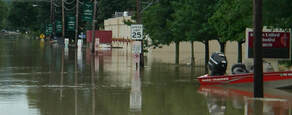 By: Kevin Brown, Agricultural Resource Specialist Right here in Pennsylvania! Sound crazy? Sound like something that the government came up with just to get some more of YOUR hard-earned money? Maybe, but it is happening. And, as much as you may think it’s a crazy idea, it has some validity behind it. I know I possibly could start a firestorm here but read on for where this notion is coming from and why we do need to do something about it. There may be better ideas how to handle it, but here is the concept: |
AuthorsVarious staff at the Bradford County Conservation District Archives
April 2024
Categories
All
|
